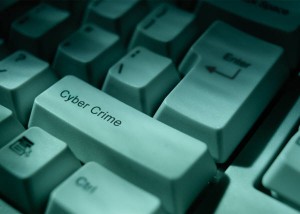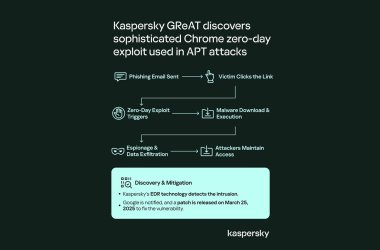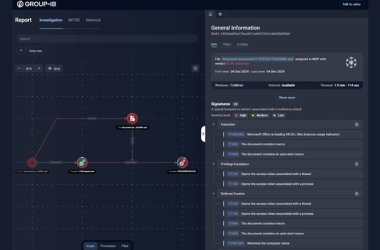Cyber criminals are increasingly using .eu domain names in their attack campaigns, according to data from multiple security companies.
“Numerous malicious .eu domains have been registered during November which are being used to infect PCs with malware via the Blackhole exploit kit,” said Fraser Howard, principal virus researcher at security vendor Sophos, in a blog post on Thursday.
Blackhole is a Web-based attack toolkit that uses exploits for vulnerabilities in browser plug-ins like Adobe Reader, Flash Player or Java, to infect computers with malware.
In the attack seen by Sophos, cybercriminals hosted their Blackhole attack pages on random-looking domain names with the .eu extension, all pointing to a known malicious server located in the Czech Republic.
“They are short-lived; the names only resolve to the target server for a brief period before the attackers move on to the next,” Howard said. “This type of tactic is pretty common, used by many threats in their attempts to evade security filtering.”
However, it’s usually other TLDs (top level domains) that get abused in such attacks, not .eu, Howard said.
Sophos could not immediately provide information about the number of attacks seen this year that included malicious .eu URLs, but according to data from antivirus vendor Bitdefender, the level of abuse in the .eu domain space is increasing.
“During the second half of 2012 we saw increased malicious activity on the .eu TLD,” Bogdan Botezatu, a senior e-threat analyst at Bitdefender, said Friday via email. “Compared to the first half of the year, the number of malicious .eu domains nearly tripled, from 0.53 percent of all security incidents involving TLDs to 1.38 percent.”
During the first half of the year, .eu was the 11th-most-frequently-abused top-level domain, Botezatu said. “Now it ranks eighth.” Russian domains, .com and .info still hold the lion’s share of abuse.
“We confirm the trend that .in as well as .eu domains are often used for hosting malicious websites and spam campaigns,” a representative of antivirus vendor Kaspersky Lab said Friday in an emailed statement. “Both domain types are in the top 15 list of national domain zones of malicious sites. Also it should be noted that notorious HLUX (aka Kelihos) botnet used several .eu domains.”
Attackers usually like to move around, Howard said Friday via email. The only reasons why they would choose one TLD over another is because they found a domain provider that allows them to register domains under a particular TDL more easily or because they believe that a particular TLD’s reputation is better, he said.
“The only real benefit of choosing one TLD over another is trust,” he said. “Do users trust some TLDs more than others? If so, then there could be advantages to attackers choosing that TLD.”
Botezatu believes that .eu domains meet both the reputation and economic expectations of cybercriminals.
“Since EU domains have become popular relatively recently, they are not associated in people’s minds with abuse,” he said. “Victims wouldn’t expect to get harmed by visiting an European domain, plus the fact that they would expect its contents to be in English, unlike Russian TLDs for instance, which are known to be a safe harbour for cybercrime and also deliver localised, illegible content for outsiders.”
“The fact that .eu domains are priced the same as .com and .info domains and can be purchased yearly is also an advantage for cyber-crooks, who want the cheapest domains for the shortest period of time,” he said.
According to Howard, EURid, the non-profit organisation that manages the .eu TLD under contract with the European Commission, has historically taken decisive action to protect the reputation of the TLD.
EURid told Sophos researchers that it had resolved the issue after being notified about this recent Blackhole attack, Howard said. However, it’s not clear if that simply means the domains were suspended or if the organisation made any changes to prevent the attackers from registering new ones, he said.
The number of complaints received by EURid remains very low, EURid General Manager Marc Van Wesemael said Friday via email. “We have always received some complaints and will most likely continue to do so. However, I would like to stress that we have internal procedures in place to fight abuses against .eu.”
EURid puts a lot of effort into countering abusive .eu domain registrations and has automated tools to identify abuse as early as possible, Van Wesemael said. “We also work closely with several security organisations who give us early warnings about abuses concerning .eu websites/domain names.”
However, over 95 percent of abuse cases seen by EURid involve legitimate .eu websites that have been hacked and had malware inserted into them, Van Wesemael said. In those cases taking down the infected websites is not an option because they might be used by their owners for their business, he said. “EURid informs the responsible registrar and/or the registrant about any known incident and then we follow up closely until the problem has been resolved.”






